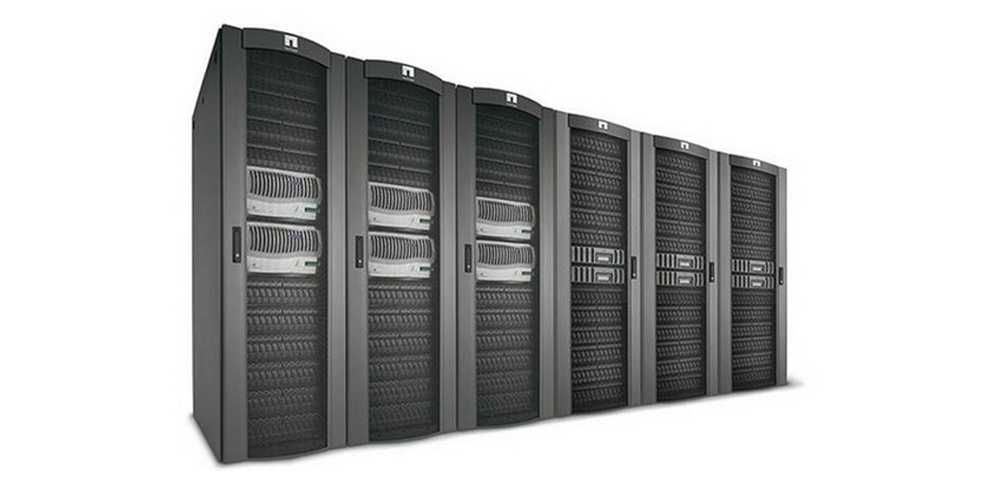
A data warehouse is the concept of data extracted from operational systems and made available as historical snapshots for ad-hoc queries and scheduled reporting. Characteristics that distinguish data in the data warehouse from data found in the operational environment are that it is: organized in such as way that relevant data is clustered together for easy access, several copies of the data from various points in time are kept together, and once the data is placed into the data warehouse it is not updated. Rather, the historical snapshots stored in the Data Warehouse are periodically refreshed with data from the operational databases.
Decision makers can quickly access centralized, collated data from multiple sources to rapidly make informed decisions. Because the IT department is not required, businesses make additional savings on staff – and free up their IT team to make more valuable contributions than running queries.
During a data warehouse implementation, disparate data from numerous source systems and data files is converted into a common format. Because finally, all departments are using the same data for their reports, information will be consistent right across the business. Staff will now have confidence in the accuracy of the data they are basing their decisions on.
Data warehouse can store huge amounts of historical data, enabling advanced business intelligence analysis of different trends and time periods, which allow future predictions. A transactional database is not normally able to store this amount of data, and a transactional system cannot usually generate trend reports.
Companies that have properly implemented data warehouses with business intelligence systems have generated more revenue and reduced more cost than those that haven’t invested in BI systems and data warehouses.
Common and consistent information brings consistency to the way an enterprise is managed. Users can quickly access precise, real-time information, and collaborate effectively using shared information across departments and divisions. System-wide changes can be made rapidly from one location and it’s easy to implement a higher level of security around usage and information flow.
Our storage protects availability with innovative hardware and software solutions that keep your data accessible without the expense of traditional data warehouse storage solutions.
NetApp Snapshot and SnapVault disk-based solutions let you back up and restore faster than tape-based solutions.
NetApp SnapMirror simplifies DR and minimizes costs. Identical source and target storage isn’t required.
Utilize your SnapVault or SnapMirror storage for dev/test, additional queries, or other functions that require a current or historical data copy.
Regular Snapshot copies during ETL allow you to recover data using SnapRestore rather than starting over.
Using NetApp FlexClone you can make virtual copies of all or part of your data set in minutes with only incremental space required as changes are made.
NetApp FlexClone allows you to rapidly clone the data needed for a data mart using a fraction of the space.
Combining NetApp Snapshot and FlexClone you can create a writable view of your data warehouse at any point in time.
NetApp storage provides a modular design that enables you to scale capacity and/or performance as needed.
NetApp SnapMirror and FlexClone technologies allow you to isolate development and test processes, minimizing impact to production systems.
